This Sunday, June 15, 2025, the famous Studio Ghibli, co-founded by Hayao Miyazaki, Isao Takahata, and Toshio Suzuki, celebrates its fortieth anniversary. With masterpieces such as Grave of the Fireflies, Princess Mononoke, Spirited Away, and The Boy and the Heron, the studio has largely contributed to popularizing Japanese animation. As ardent admirers, and because we owe a lot to Ghibli, we wish to pay tribute to the studio through fifteen magnificent shots that embody the poetry and epic grandeur of its feature films.
#1 Castle in the Sky, by Hayao Miyazaki (1986)
The success of Nausicaä of the Valley of the Wind (1984) allowed Hayao Miyazaki, Isao Takahata and Toshio Suzuki to founding Studio Ghibli. The studio's first film, Castle in the Sky, sets the tone. In this shot, Hayao Miyazaki shows all the splendor of the city of Laputa.
#2 My Neighbor Totoro, by Hayao Miyazaki (1988)
In 1988, Studio Ghibli released two masterpieces on the same day: Grave of the Fireflies by Isao Takahata and My Neighbor Totoro by Hayao Miyazaki. This shot, in which young Mei takes a nap on Totoro's stomach in the midst of reassuring and protective nature, perfectly illustrates the poetry of the feature film and offers a dizzying contrast with the violence of the events in Takahata's film.
#3 Kiki's Delivery Service, by Hayao Miyazaki (1989)
A young witch who flies on her broomstick with wild ducks... The magic of Kiki's Delivery Service captured in a single shot, where we can read both the profoundly feminist character of Hayao Miyazaki's cinema (Kiki has the power to fly) and his love for nature.
#4 Kiki's Delivery Service, by Hayao Miyazaki (1989)
Another iconic shot from Kiki's Delivery Service, this one shows the young teenager flying over a European city to make a delivery. Kiki is a symbol of freedom and emancipation!
#5 Princess Mononoke, by Hayao Miyazaki (1997)
While it may seem difficult to choose one Hayao Miyazaki film that is better than the others, Princess Mononoke is perhaps the one that most closely matches this description. At the end of the film, Ashitaka and San witnessed the end of the Deer God. Everyone has lost because of human barbarity. Nevertheless, hope is not lost: nature rises from its ashes. Ashitaka and San, heroic and full of love for each other, will be the emissaries of two societies that must coexist: men and the wild world.
#6 Princess Mononoke, by Hayao Miyazaki (1997)
When Ashitaka sees the Deer God for the first time, he appears between two thousand-year-old trees, bathed in light. The majesty and serenity of the deity is accentuated by the low-angle shot. In addition to being a gifted artist, Hayao Miyazaki is a master of composition. plans.
#7 Spirited Away, by Hayao Miyazaki (2001)
One of Hayao Miyazaki's greatest masterpieces, Spirited Away won the Golden Bear at the Berlin Film Festival as well as the Oscar for Best Animated Feature. In his first appearance, the character of Haku immediately reveals himself as one of the most powerful characters in Miyazaki's work. In a single breath, he manages to turn the tables. One of the most epic moments in the filmmaker's filmography!
#8 Howl's Moving Castle, by Hayao Miyazaki (2004)
Unanimously acclaimed, Howl's Moving Castle continues to impress. This masterpiece is magical at every moment. We really like this shot: transformed, Hauru takes up all the space and has never been so imposing. He seems very protective of Sophie, who looks tiny next to him. If Hauru's dark plumage can be worrying, the blue of her eyes is immediately reassuring!
#9 Ponyo on the Cliff, by Hayao Miyazaki (2008)
In Ponyo on the Cliff, Hayao Miyazaki very freely adapts Ponyo on the Cliff! In this sublime shot, the sorcerer Fujimoto - Ponyo's father - talks with Grandmammare, the deity of the sea. The sorcerer appears tiny compared to his wife. The latter, bathed in golden light, immediately reassures with the gentleness of her face, which contrasts radically with the usual imagery of the sea.
#10 Arrietty: The Secret World of Borrowers, by Hiromasa Yonebayashi (2010)
Written by Hayao Miyazaki and directed by Hiromasa Yonebayashi, Arrietty: The Secret World of Borrowers is visually splendid, as this scene illustrates interior.
#11 Poppy Hill, by Goro Miyazaki (2011)
Poppy Hill- directed by Goro Miyazaki and written by his father - is a little marvel. One of the film's major challenges was recreating 1960s Yokohama. This shot, in which Shun accompanied Umi on an errand in the city center, looks almost like a postcard. It conveys both the bustle of the Japanese city and the budding romance between the two characters.
#12 The Wind Rises, by Hayao Miyazaki (2013)
Hayao Miyazaki's often underrated masterpiece, The Wind Rises tells the story of Jirō Horikoshi. In this iconic shot - which served as the film's poster - the airplane designer kisses his fiancée Nahoko Satomi. This tranquility of budding love contrasts with the couple's tragic destiny!
#13 The Tale of the Princess Kaguya, by Isao Takahata (2013)
While Hayao Miyazaki is Studio Ghibli's most iconic director, the genius of his colleague and rival, Isao Takahata, should not be underestimated. We could have cited several of his masterpieces, including the famous Grave of the Fireflies, but we preferred to mention his last film, the moving The Tale of the Princess Kaguya, drawn in charcoal. This shot shows all the care taken by Isao Takahata and his teams to illustrate the Japanese countryside and the medieval peasant world.
#14 I Know You, by Hiromasa Yonebayashi (2014)
Directed by Hiromasa Yonebayashi, I Know Youwas almost Studio Ghibli's last film. Although it was a box-office failure, it remains a thoroughly enjoyable animated film. The peaceful sea and the sunset give an impression of serenity.
#15 The Boy and the Heron, by Hayao Miyazaki (2023)
Hayao Miyazaki's latest masterpiece, The Boy and the Heron is full of striking shots that illustrate the filmmaker's mastery. This shot, where the stormy sea splits in two, recalls Christian religious iconography. Once again, the design of the shot is impressive; Hayao Miyazaki makes us feel both the lightness of the wind blowing on the grass and the physical heaviness of the water. Great art!
Did this article interest you? Then we invite you to discover the five most traumatic scenes in Hayao Miyazaki's films!

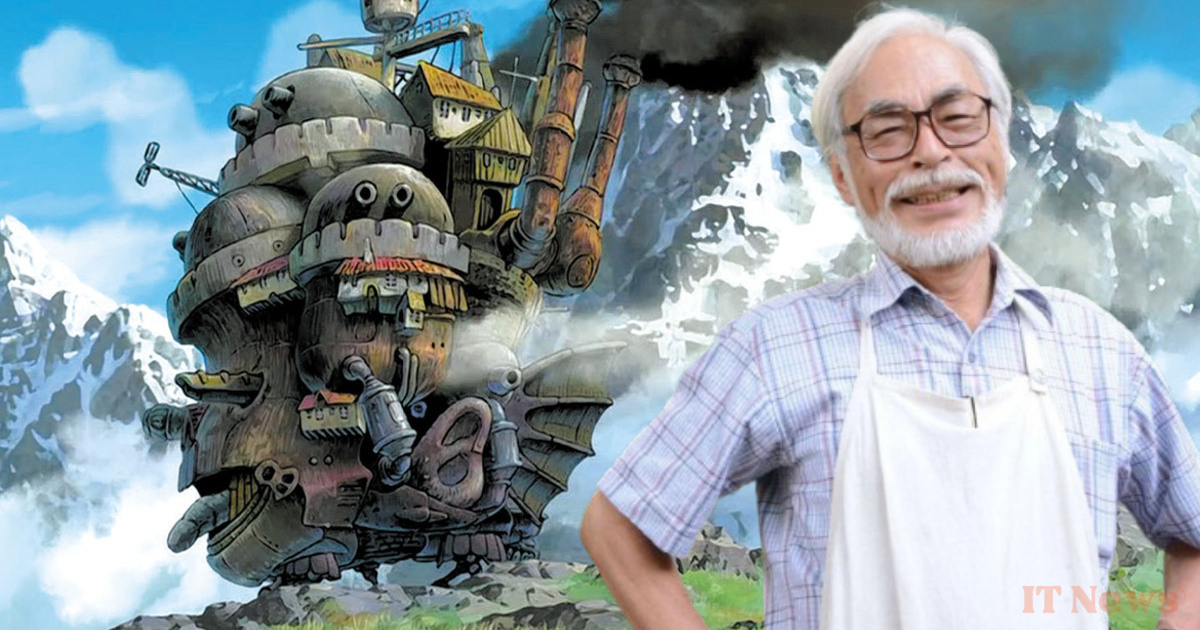
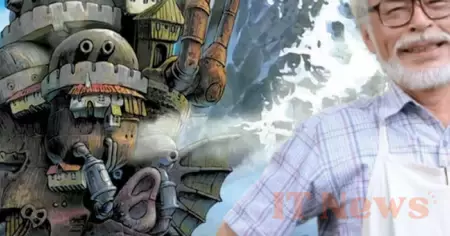
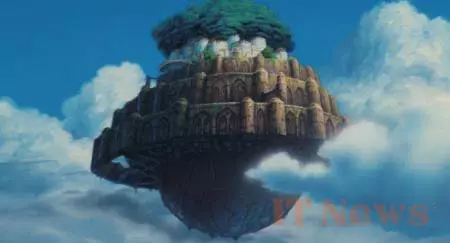
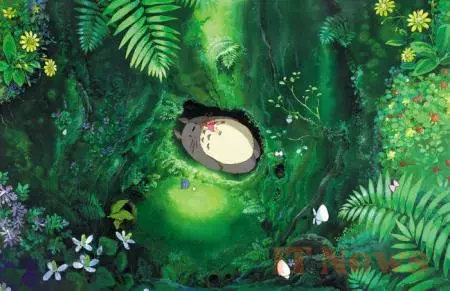
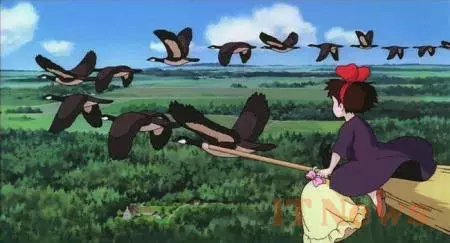
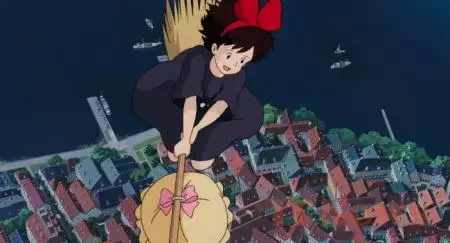
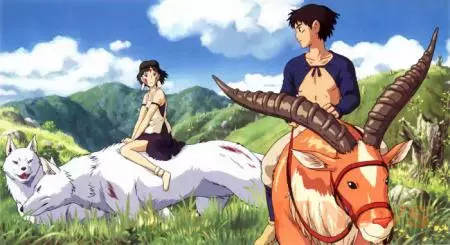
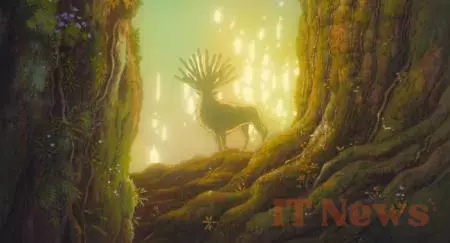
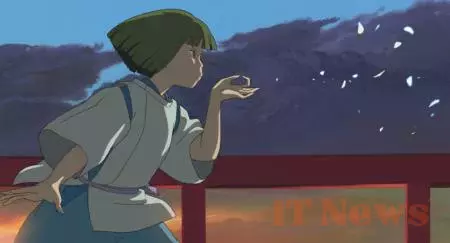
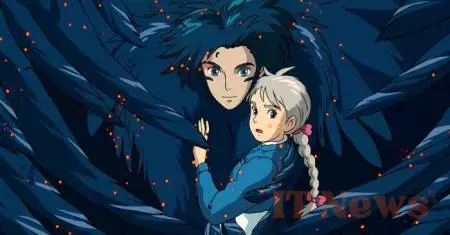
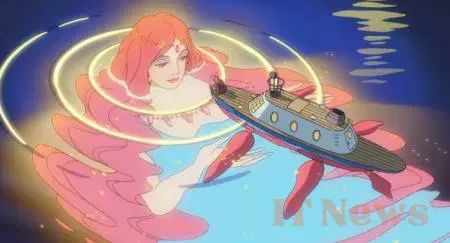
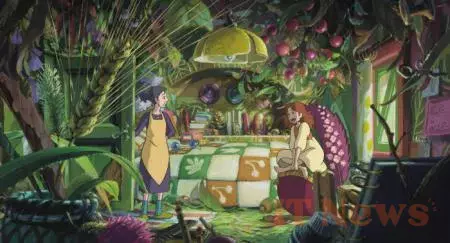
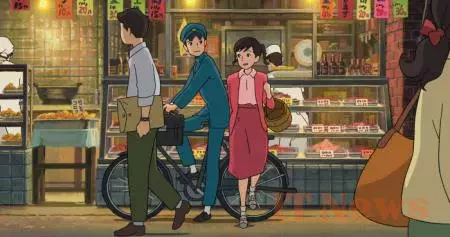
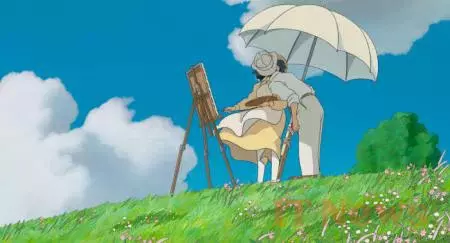
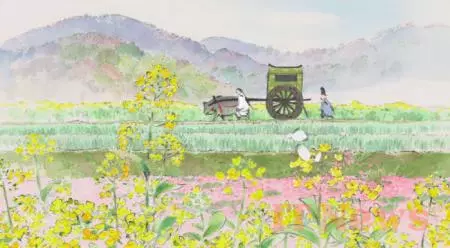
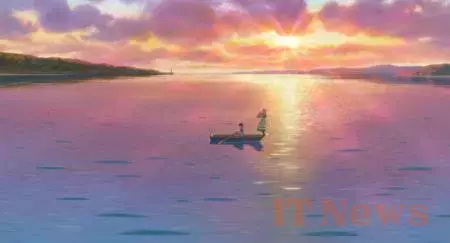
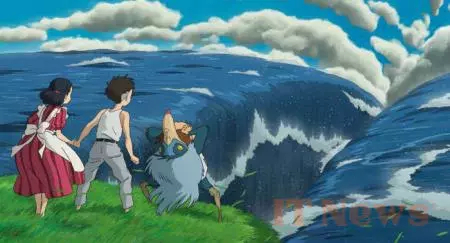

0 Comments